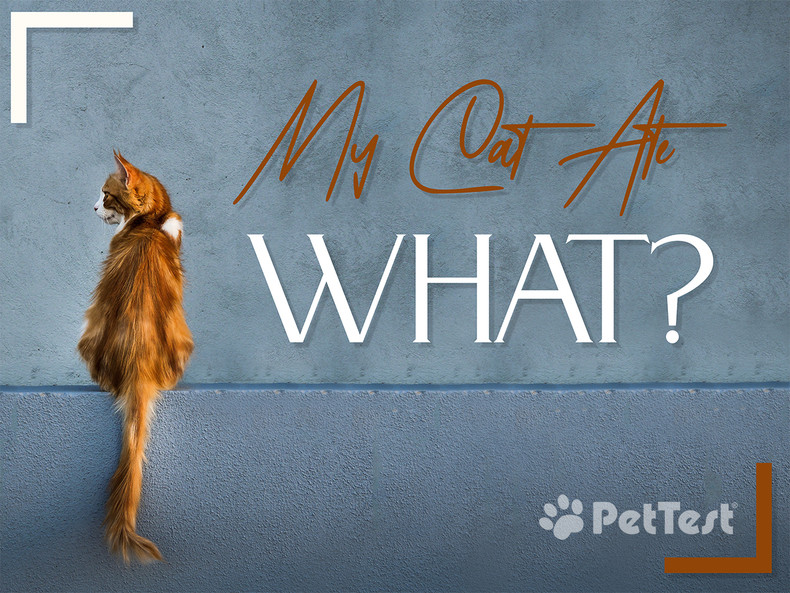My Cat Ate What?
I am not just a weird cat lady. I am a weird dog lady too, and lately my most senior dog, Raven, started eating grass constantly and licking the metal on her cage at night. She was literally pulling at the leash during walks to grab a clump of grass. She reached out and ate a huge hibiscus leaf one day, which scared me to death – not knowing if this would hurt her or not. It turns out, she had pica - ingesting or attempting to ingest non-food items. While getting to the source of Raven’s issue – the need for more fiber and iron in her food – I found that pica can be a symptom of feline diabetes.
Depending on the multiple internet sources, pica is sometimes wrongly defined as chewing on nonfood items too. That is not pica! Kittens and puppies regularly chew especially when they are teething, and adult animals chew during play all the time. Pica is actually the ingesting, eating or trying to eat, the non-food item. My wonderful veterinary office was very clear on this. I would imagine nearly every dog and cat would be diagnosed with pica if chewing were truly included in the definition.
Diabetic cats are more likely to show signs of pica before diagnosis or early in their treatment before they are stabilized. It is often caused in even healthy animals by a nutritional deficiency of some sort. Pica is not necessarily an indicator of diabetes.
To cut through the confusion of the more bizarre internet theories here are examples:
Pica versus not Pica: Eating houseplants, non-cat grass, kitty litter, plastic, and other nonfood items and licking metallic items. Likely not Pica: Ingesting cat grass, catnip, sucking on material such as sweaters or favorite blankets or toys, or chewing on toys or other items without attempting to actually eat the item.
I have a young kitty, Gwen, who will run into the shower as soon as the water is turned off an attempt to take the little tiny piece of leftover soap bar. She does not try to eat it, though the look on her face when she was able to pick it up was priceless; this is not pica. She is curious and the rest of her normal behavior involves a lot of stealing. She steals nail files, hair ties, Q-tips (she learned how to open the drawer and the container when I tried to prevent that one), crochet hooks, knitting needles, pencils, and basically anything else she sees any of us using. She does not have pica because she is not attempting to eat any of these items. She is just a thief.
One of my older kitties, Bucky, still kneads and occasionally sucks on blankets and soft material. He is not trying to eat anything, and while he slobbers on the blanket, this is also not pica.
Every single one of my four cats loves yarn and will sometimes successfully break it while playing with it. This play needs to be supervised always as they can accidentally swallow it, but again, they are not intentionally trying to eat it, so not pica.
Diabetic cats are more likely to develop pica because their bodies are malnourished as a direct result of their diabetes. More than likely, the pica will resolve when the diabetes is stabilized and well managed. If kitty develops symptoms of pica after doing well on treatment, it is possible that they are still lacking a vital nutrient or have another underlying condition. (Liver problems can also cause pica).
Since all cats are their own creatures, it is best to look for differences in their normally odd behavior. If my thieving Gwen were to try eating the soap or my big boy Bucky tried to chew off some of that blanket and eat it, I would give my AAHA accredited veterinary office a call. As always, especially with cats, we have to focus on change in behaviors. As weird and wild as they can be, cats are routine creatures too. Major behavior shifts are what we need to keep an eye out for. Simple blood testing can reveal nutritional deficiencies or other abnormalities that are contributing factors to pica. Once the source of the problem is corrected, the pica should resolve.
When in doubt, call your vet. The Feline Diabetic Support Group on FB is another resource to ask questions about many things associated with feline diabetes and related conditions.

